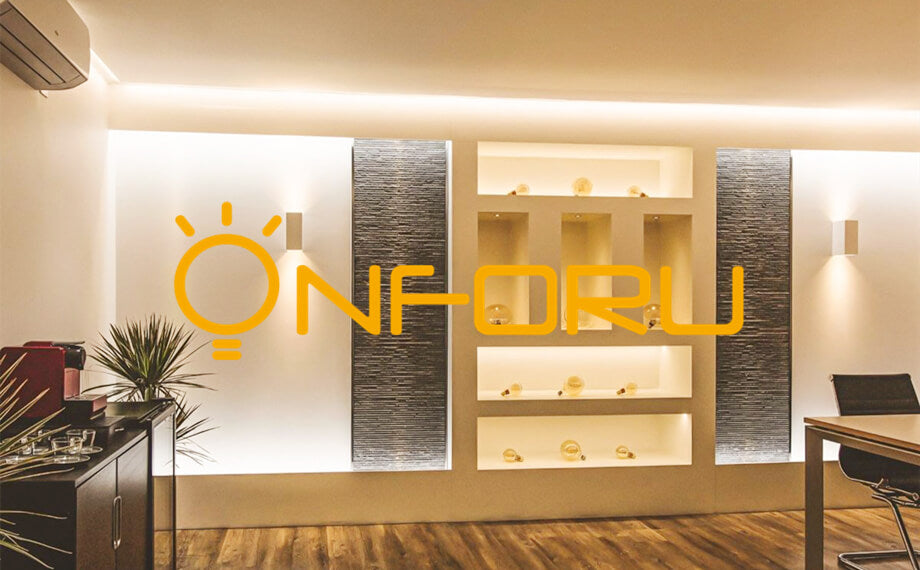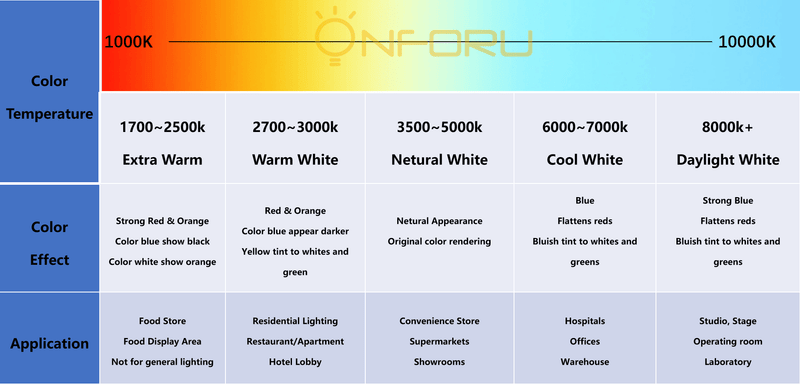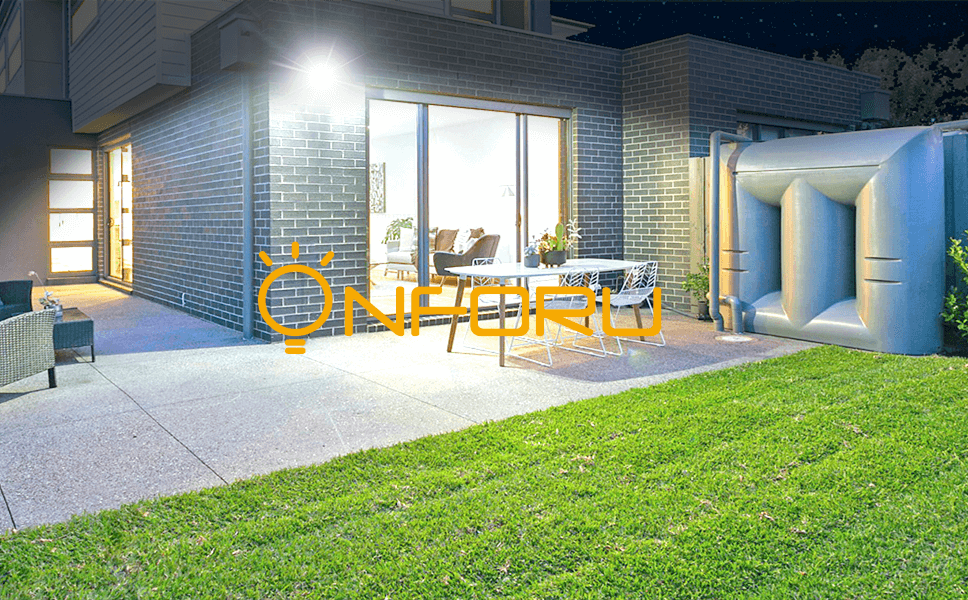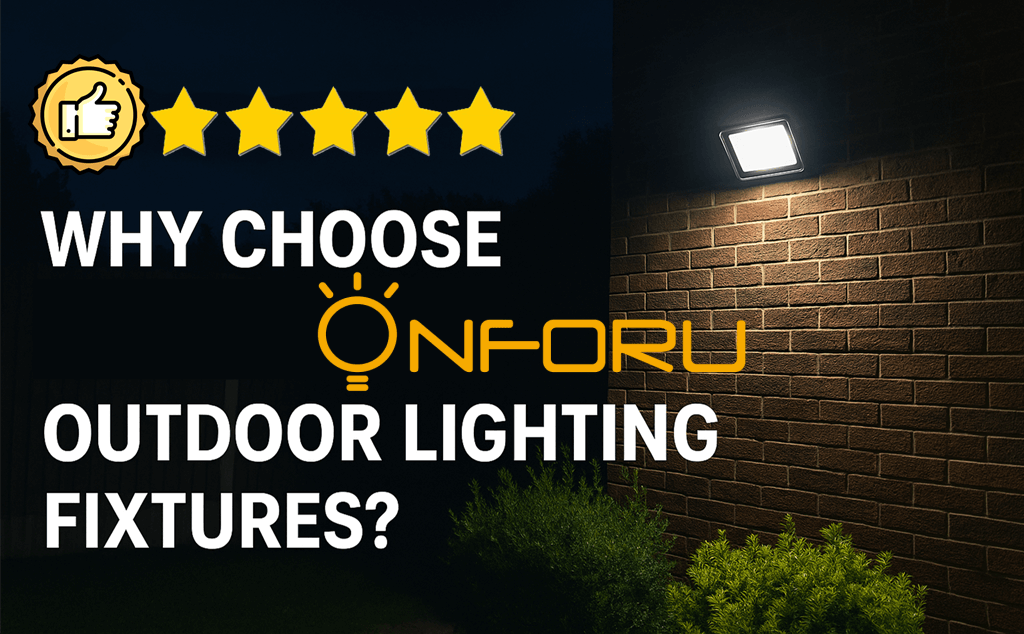Optimal Color Temperatures for Eye Health

"Light" presents us with the changing rhythms of life in the day and night. Unsuitable ambient light sources can easily cause eye fatigue, which may in turn affect efficiency and concentration. Adequate ambient light is very important for the eyes, and many people will therefore choose additional "table lamps" to supplement the general indoor lighting to protect their eyes.
However, the need for lighting will change with different usage situations. There is a common question about whether white or yellow light(warm white light) should be used for indoor lighting. How do we distinguish between the two? Which light is more friendly to children's reading? And children's rooms have a mix of white and yellow light, long-term is not very harmful to the eyes?
All of these questions point out that selecting different lighting and color temperatures for different situations is the first step in protecting the windows of our souls.

What is color temperature?
When it comes to the color of light, we have to mention the term "color temperature". Color temperature (CCT). The unit of measurement is KelvinScale, which is measured in K. It is derived from the scale of the light color level recorded in the steel plant when it is observed that when the metal is dissolved from the beginning to the highest temperature, the metal shines with different colors.
Why is the color temperature related to white light and yellow light? This is because the color temperature is related to the color characteristics. For example, we will be a black body (such as iron) heating, when the temperature gradually increases, the color of the black body will be generated by the dark red > light red > orange > yellow > white > blue white > blue changes, and these color values will correspond to the Kelvin temperature (K) to name.
It is worth noting that the general lighting fixtures are also marked with color temperature specifications to allow the public to pay attention to the matching of ambient light. Basically, there are three different types of light that can be emitted by the color temperature, as follows.
- Warm light from 2,500 to 3,000K: It helps us to relax while reading and rest better afterward.
- Natural light from 4,900 to 6,500 K: the best solution for the eyes, allowing people to work comfortably.
- Cool light at 6,500 K: provides a good level of brightness and improves overall concentration.
Cool blue light with the highest color temperature CCT is the best choice during working hours when we tend to stay awake and focused on the content of the document.
On the other hand, when we want to relax and read at night without interrupting our sleep cycle, picking a color temperature lower than 3000K would be a good choice.
What is the difference between yellow and white light?
The biggest difference between yellow and white light is the difference in "color temperature", which refers to the different colors of light emitted by a black body through heat absorption, changing from red, orange, yellow and blue. The lower the color temperature, the more yellow the color; the higher the color temperature, the color will change from white to blue.
Which one is suitable for indoor - white light or yellow light?
Choose the right light to reduce the burden on your eyes!
According to the study, most people find warm yellow light more comfortable for the eyes when reading, but the brightness is relatively less adequate. While white light provides concentration, it is slightly irritating to the eyes.
The following will provide us with two different types of light that we will be exposed to throughout the day: warm light (2700K-3000K) and soft white light (3000K-5000K), and with the ambient light in the living room, bedroom and study, we will give the corresponding matching lamps.
White light: make space bright and clear, improve reading concentration

Advantages
- Suitable for improving concentration at work and study places
- Ideal for relaxed reading before bedtime
- Cool white light makes learning more efficient and makes fewer mistakes in answering questions
- Warm white light is more likely to stimulate creativity
Disadvantages
- Cold white light gives people a colder feeling
- Compared to yellow light or natural light, white light has a slightly more monotonous and dead atmosphere
- Affects sleep and can interfere with the biological clock
Overall, white light improves our ability to concentrate on the overall space. Cool white light suppresses melatonin secretion and makes people feel refreshed, which is suitable for work and study that requires concentration, while warm white light does not affect melatonin secretion and is suitable for relaxed reading before bed. Cool white light is more efficient in learning, and fewer mistakes are made in answering questions.
Warm white light is more likely to stimulate creativity, suitable for use in art or music classrooms. In addition, cool white light (color temperature 6000K) is good for arithmetic, writing assignments, and exams.
However, on the downside, compared to the warm feeling of yellow light or natural light, white light gives people a colder feeling, a bit like hospital light, which is the reason why many hotels abroad do not use white light.
Yellow light: warm light, feel relaxed in the reading space

Advantages
- Gives people a warm and lively atmosphere
- Suitable for matching the style of decoration to achieve a complementary effect
- Suitable as an accent, indirect lighting, etc.
Disadvantages
- More strain on the eyes
- Creates a drowsy atmosphere
The warm light of yellow light can make our eyes more relaxed. Therefore, when we need to let the spirit of stability, lying in the sea of books to enjoy a leisurely moment, choosing yellow light will be a good direction. This warm color temperature is ideal for installation in spaces where we can relax and read, such as living rooms and bedrooms.
Unlike cool light, the main benefit of yellow light is that it does not impair the production of melatonin in the body. Therefore, bedside reading lights usually make us feel comfortable and drowsy because our brain associates yellow light with sunset, perceiving yellow light as nighttime.
How to choose the lighting color temperature indoors?
Living room: use neutral white light to keep the whole space transparent
It is recommended that the living room is the main area for the family's leisure, and the main requirement for lighting is bright and warm, so we recommend that you choose neutral light with a color temperature of about 4000K, because white light makes people concentrate and will keep the whole space feeling transparent.
In addition, you can match the yellow light to create a sense of warmth and increase the sense of layers.
Bedroom: soft yellow light allows people to quickly go to sleep
The bedroom is the warmest and most relaxing space in the home, and in various "bedtime rituals" under demand, the choice of color temperature in the bedroom, but also more important. Bedtime stories are the most important bedtime ritual between parents and children.
Whether it is a parent-child bedtime reading together, or a separate bedtime reading, you should choose yellow light that can output warmth, because white light affects sleep and interferes with the physiological clock.
As the light requires emotional relaxation before going to sleep, a warm and warm neutral light with yellow accents would be more suitable, and the color temperature is recommended to be around 2700K-3000K. It is best not to direct the light source to the eyes, the light should be soft, in order to make people more relaxed.
Study room: warm white light to keep children's reading concentration
The study room is the work or study area, so we usually make the study quiet and simple, in order to improve concentration. A high degree of concentration is a relatively high eye state, therefore, the choice of the color temperature of the study more directly affects the comfort of the eyes.
The study room recommended that we choose a color temperature of about 3500K-4000K warm white light; taking into account that the high intensity of white light is too harsh, and yellow light is not conducive to concentration, and easily makes people drowsy.
Here we should pay attention to the orientation of the light source, not from the back of the desk chair projection, because the backlight will produce an uncomfortable shadow, accelerating eye fatigue.
Conclusion
White light and yellow light can be used together, there is no superiority or inferiority between yellow light and white light, and they can be used for different purposes in different environments.
The most commonly encountered light is blue-white light and warm yellow light, the difference lies in the "color temperature"! Color temperature means that when a black body is heated, the black body radiates different colors of light by absorbing heat, from red, orange, yellow and blue. The lower the color temperature, the more yellow the color; the higher the color temperature, the color will change from white to blue.
The color of light will affect the secretion of melatonin. White light contains a more blue spectrum than warm yellow light, which will inhibit the secretion of melatonin when exposed to white light, giving people a sense of wakefulness. On the contrary, yellow light does not affect melatonin secretion, so people will feel more relaxed under yellow light.
You can choose the appropriate light according to your work requirements. If you are working in a work environment, high color temperature white light can help you stay focused on your work; if you need to maintain a relaxed state of reading, low color temperature warm yellow light (<3000K) is better because it does not affect melatonin secretion, so you can relax before going to bed and put down your alertness, so you can sleep well all night to meet the next good morning.
What Color Temperature Should I Choose?

More Resources





Leave a comment